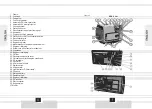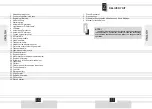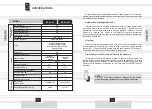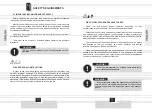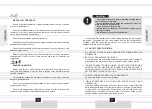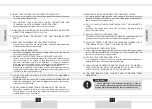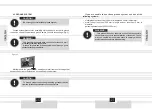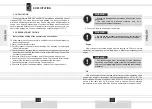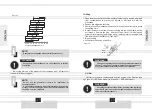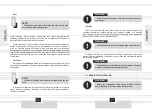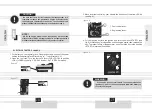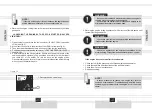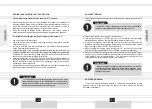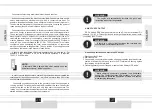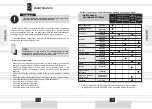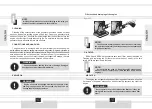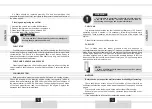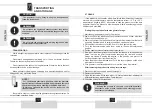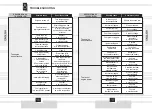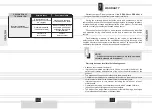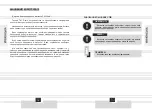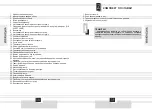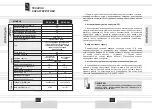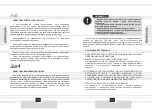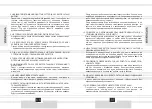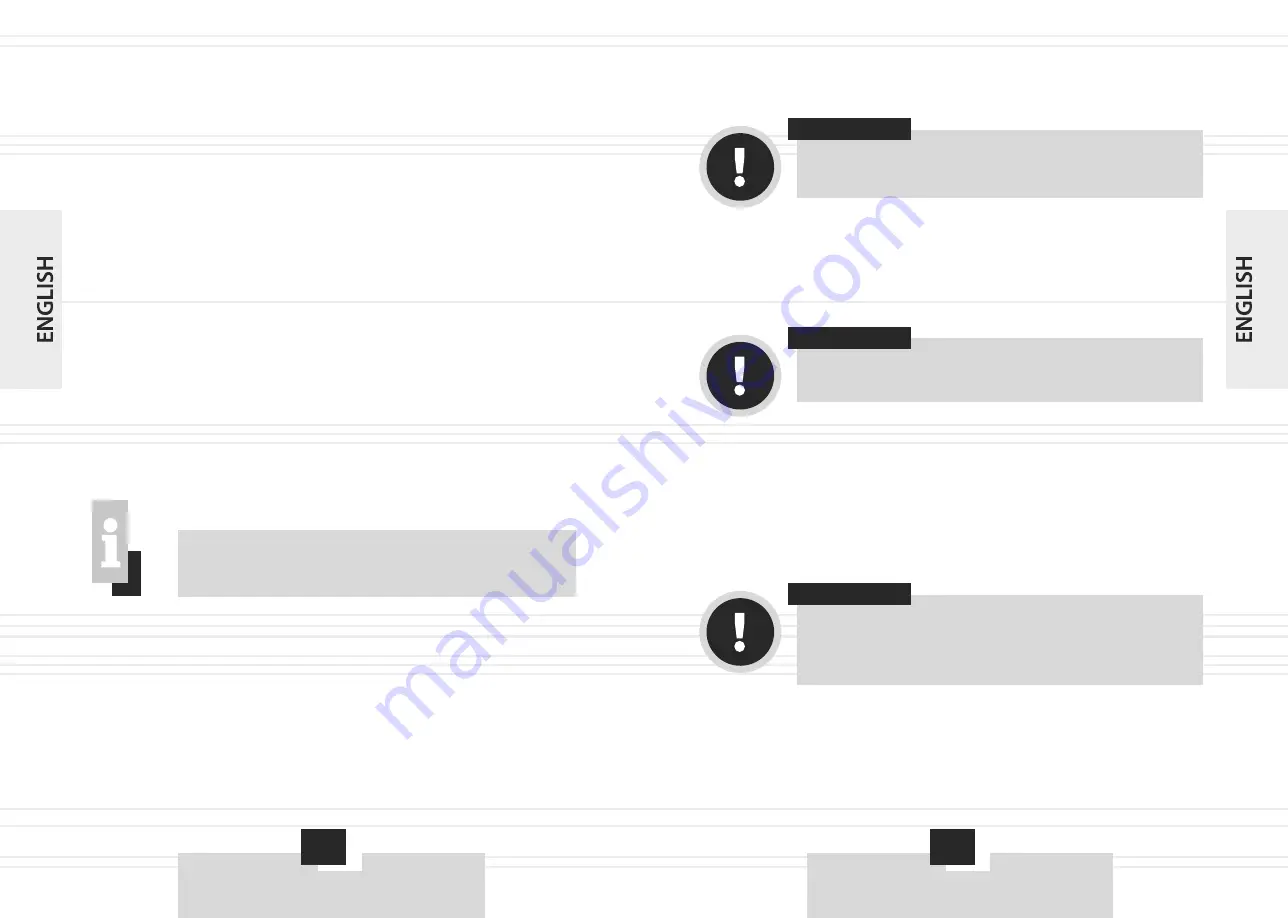
3 7
3 6
Consumers of electricity are divided into active and reactive.
Active consumers have the most common load. Consumers have such a
heavy workload entire electrical energy which is converted into heat. For
example: incandescent lamps, irons, heaters, electric stoves, hair dryers, etc.
To calculate the total power of consumers it is enough to combine the power of
these devices (the power is indicated on the device itself).
Consumers have reactive loads, which are provided with an electric motor,
where the energy is consumed in order to create an electromagnetic field.
These customers include pumps, machine tools, power tools, refrigerators,
washing machines, etc. A measure of reactivity is the power factor (cos
φ
). To
calculate the actual power consumption of reactive generators, the power
must be divided on cos
φ
. For example: if for an electric drill of 600 W of power
cos
φ
is 0.8, so its work will require 600 W / 0.8 = 750 W of power. This must be
considered when calculating the total power consumption of consumers
which are connected to the generator. The cos
φ
value of such appliances is
specified on the label or in the manual of each device.
It should also considered that every generator has its own cos
φ
. For
example, if the coefficient is 0.8, so for this drill's operation it is required
750 W / 0.8 = 938 watts.
In order to avoid the generator's overloading there should be calculated the
total power of the connected devices, which his not more than 80% of the
nominal power of the device.
You should connect consumers to the generator only when the engine is
running, but the AC circuit breaker must be disabled at this time. Connect the
customer, switch on the AC fuse, and only then start the consumers. The
turning on of several electrical appliances should be done consistently and be
started with a device that consumes the most power.
USING THE DC OUTPUT
ERS 4.6d and ERS 4.6dt generators are with a DC output. Maximum DC
power is 12 V-8,3 A. This output is used to charge the batteries, as well as for
connecting the DC loads.
How to connect the consumer to the DC output
1. Disconnect the AC fuse.
2. Start the engine.
3. Connect two-conductor power cables of the appropriative length and cross-
section of at least 6 mm of each core to the DC terminals. Securely tighten
the clamping nut of the terminals.
4. Observing polarity, connect the power cables to the battery or DC loads.
NOTE
!
Generator's ERS 4.6d and ERS 4.6dt models have the
power factor (cos
φ
), which is equal to 1.
WARNING
!
The engine will automatically increase the pace with
increasing load of electric generator.
WARNING
!
If there is a short circuit between the terminals the
automatic DC circuit breaker turns off.
WARNING
!
While charging, the battery generates toxic flammable
gases. The charger operates only outdoors or in a well-
ventilated area. Avoid the generation of flame and sparks
while charging the battery.

